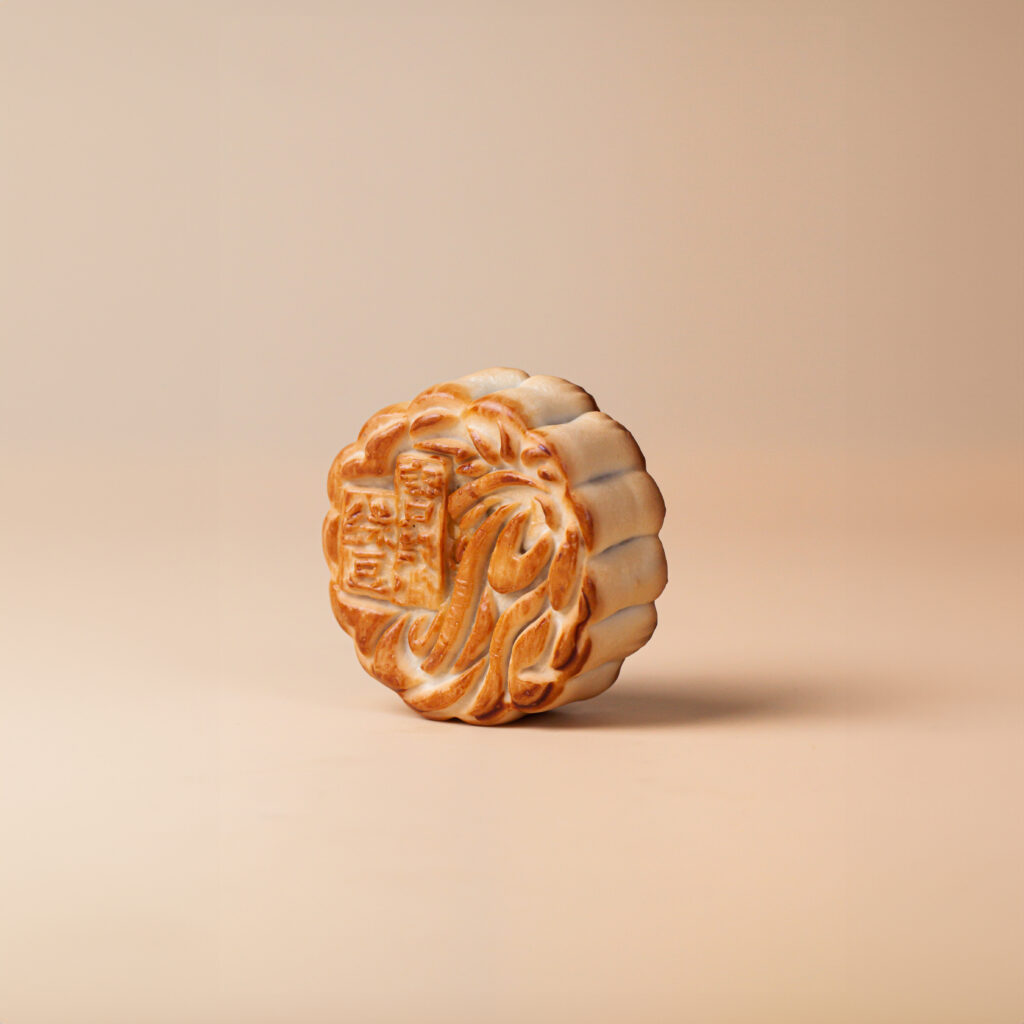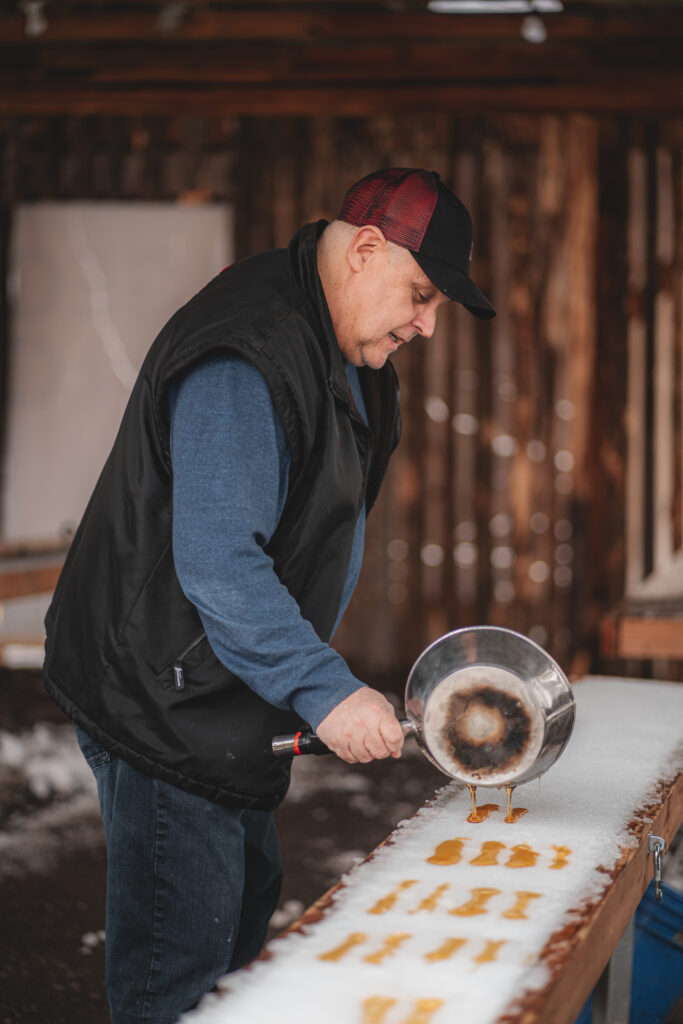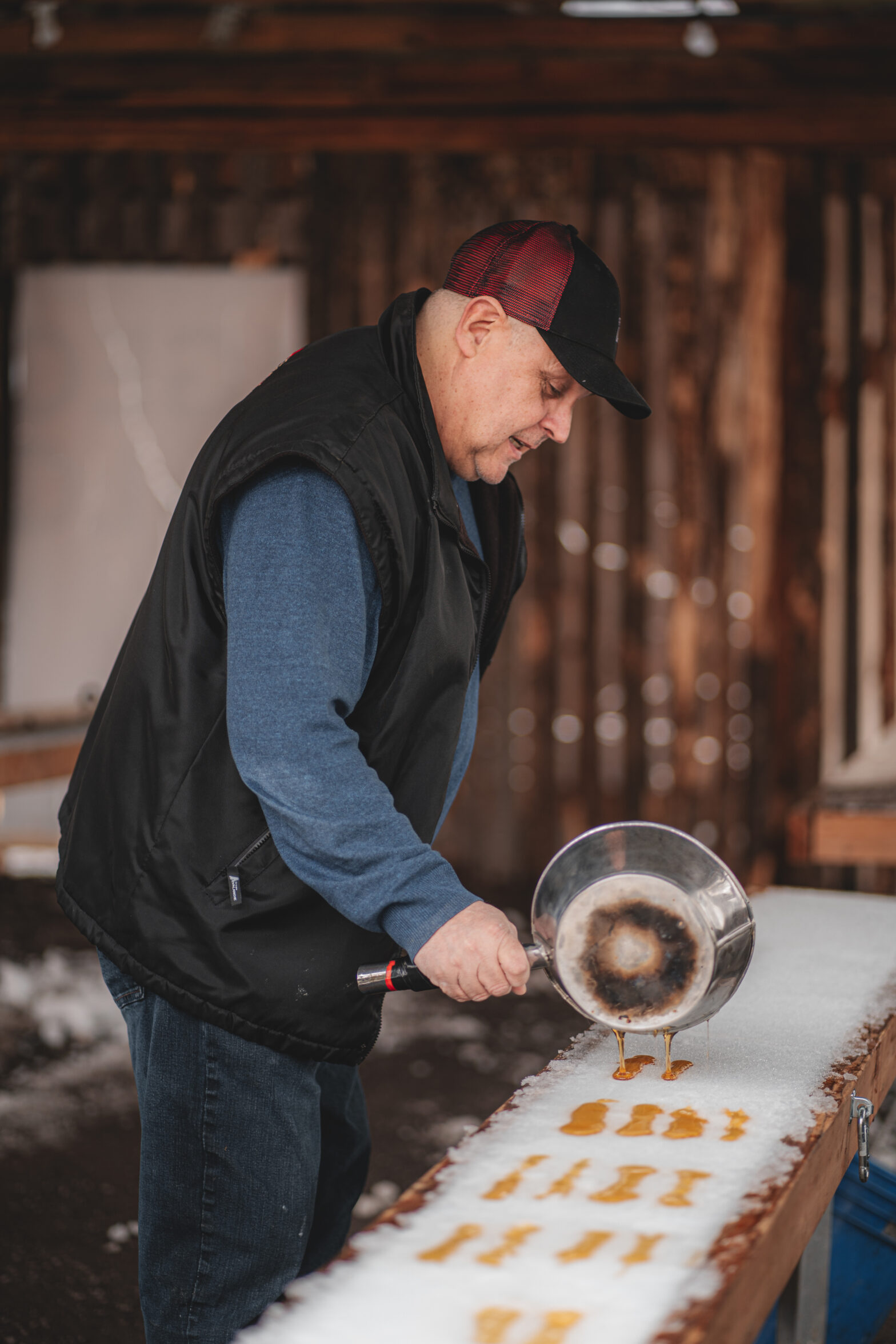This article provides a concise summary of a video tutorial by BBC Good Food on how to make pasta dough using a food processor. The tutorial not only demonstrates the process of making pasta dough but also provides alternative methods for those without a food processor. The basic pasta dough recipe includes one large egg and 100g of ’00’ pasta flour per person, followed by a 30-minute resting period. The dough can then be rolled out using a pasta machine or a rolling pin and a floured worksurface. Various types of pasta, such as lasagne, ravioli, tagliatelle, or pappardelle, can be made with this dough. The article also highlights additional tips and information on pasta making, including storage and cooking instructions.
How to Make Homemade Pasta: A Comprehensive Guide
Making homemade pasta is a rewarding and delicious experience. With just a few simple ingredients and the right equipment, you can create fresh pasta that will impress your family and friends. In this article, we will guide you through the entire process, from preparing the dough to cooking the perfect al dente pasta. Whether you have a food processor or just a rolling pin, we have got you covered. So let’s get started!

Ingredients
To make homemade pasta, you will need the following ingredients:
Large egg
A large egg is the base of the pasta dough. It provides richness and binds the flour, resulting in a smooth and elastic texture.
’00’ pasta flour
’00’ pasta flour is a finely ground flour that is perfect for making pasta. It has a high protein content, which gives the pasta its structure and chewiness.
Equipment
Before we dive into the step-by-step process, let’s take a look at the essential equipment you will need:
Food processor
A food processor is a convenient tool for mixing the ingredients and kneading the dough quickly. It ensures that the ingredients are evenly incorporated, resulting in a consistent pasta dough.
Pasta machine (optional)
A pasta machine is a fantastic tool that helps roll out the dough into thin sheets and cut it into different shapes. While not essential, a pasta machine can save you time and effort, especially if you are planning to make pasta regularly.
Rolling pin
If you don’t have a pasta machine, don’t worry! A rolling pin can be used as an alternative. It allows you to roll out the dough manually and achieve the desired thickness.
Floured worksurface
A floured worksurface is essential when rolling out the dough. It prevents the dough from sticking and makes it easier to handle.
Now that you have gathered all the necessary ingredients and equipment, let’s proceed to the step-by-step process of making homemade pasta.

Preparing the Dough
The first step in making homemade pasta is preparing the dough. Here’s how to do it:
Step 1: Measure the ingredients
For every person, you will need one large egg and 100g of ’00’ pasta flour. If you are making pasta for multiple people, multiply the ingredients accordingly.
Step 2: Add the ingredients to the food processor
Crack the eggs into the food processor and add the ’00’ pasta flour. If desired, you can also add a pinch of salt for flavor.
Step 3: Process the dough
Pulse the food processor until the ingredients come together to form a ball of dough. It should be smooth and slightly sticky to the touch. If the dough feels too dry, you can add a teaspoon of water. If it feels too wet, add a sprinkle of flour.
Resting the Dough
Resting the dough is an essential step that allows the gluten to relax and the flavors to develop. Here’s how to do it:
Step 1: Wrap the dough in cling film
Take the dough out of the food processor and wrap it tightly in cling film. This will prevent the dough from drying out and forming a skin.
Step 2: Let the dough rest for 30 minutes
Place the wrapped dough in the refrigerator and let it rest for at least 30 minutes. This resting period allows the dough to become more pliable and easier to work with.

Using a Pasta Machine
A pasta machine can make the process of rolling out and cutting the dough incredibly efficient. Here’s how to use a pasta machine:
Step 1: Divide the dough into smaller portions
Take the rested dough and divide it into smaller portions. This will make it easier to work with and prevent it from drying out.
Step 2: Roll out the dough with a pasta machine
Set the pasta machine to the widest setting and run one portion of the dough through the machine. Fold the dough in half and run it through the machine again. Repeat this process several times until the dough becomes smooth and elastic.
Gradually adjust the settings on the pasta machine to make the dough thinner with each pass. Continue rolling out the dough until you achieve the desired thickness for your pasta.
Step 3: Cut the dough into desired shapes
Once you have rolled out the dough, you can cut it into the desired shapes using the pasta machine’s cutting attachment. Whether you prefer lasagne, ravioli, tagliatelle, or pappardelle, the pasta machine makes it easy to create beautiful pasta shapes.
Using a Rolling Pin
If you don’t have a pasta machine, you can still roll out the dough and create delicious pasta using a rolling pin. Here’s how to do it:
Step 1: Divide the dough into smaller portions
Divide the rested dough into smaller portions to make it easier to work with.
Step 2: Roll out the dough with a rolling pin
Flour your worksurface and place one portion of the dough on it. Use a rolling pin to roll out the dough into a thin sheet. Start from the center and roll outwards, applying even pressure.
Continue rolling and rotating the dough until it is thin and smooth. Be sure to keep the worksurface and rolling pin floured to prevent sticking.
Step 3: Cut the dough into desired shapes
Once you have rolled out the dough, you can cut it into the desired shapes using a knife or a pizza cutter. Whether you prefer lasagne sheets, wide ribbons of tagliatelle, or delicate squares for ravioli, a rolling pin allows you to create a variety of pasta shapes.
Different Pasta Varieties
Homemade pasta offers endless possibilities for variety and creativity. Here are a few popular pasta varieties you can make:
Lasagne
Lasagne is a classic Italian dish that consists of stacked layers of pasta sheets, meat or vegetable filling, and various sauces. With homemade lasagne sheets, you can create a delicious and comforting lasagne that will impress your guests.
Ravioli
Ravioli is a filled pasta that is loved for its delicate and flavorful texture. With homemade pasta and creative fillings such as ricotta cheese, spinach, or butternut squash, you can create mouthwatering ravioli that will elevate your pasta dishes.
Tagliatelle
Tagliatelle is a long, ribbon-shaped pasta that pairs well with a variety of sauces, from a simple tomato sauce to a creamy carbonara. With homemade tagliatelle, you can enjoy the perfect balance of pasta and sauce in every bite.
Pappardelle
Pappardelle is a wide and flat pasta that is ideal for hearty meat ragus and creamy mushroom sauces. With homemade pappardelle, you can create a restaurant-quality dish that will impress even the most discerning pasta lovers.
Storage
If you have leftover pasta or want to make a larger batch for future use, here’s how you can store it:
In the fridge
Fresh pasta can be stored in the refrigerator for up to a week. After shaping the pasta, lightly dust it with flour and arrange it in a single layer on a baking tray. Cover the tray with cling film and place it in the refrigerator. When you’re ready to cook the pasta, simply bring it to room temperature before boiling.
In the freezer
If you want to store fresh pasta for a longer period, you can freeze it. After shaping the pasta, lay it in a single layer on a baking tray and place it in the freezer. Once the pasta is frozen, transfer it to a freezer bag or an airtight container. frozen pasta can be cooked directly from the freezer, but may require an extra minute or two of cooking time.
Cooking Fresh Pasta
Now that you have made your homemade pasta, it’s time to cook it to perfection. Here’s how to do it:
Step 1: Boil water in a large pot
Fill a large pot with water and bring it to a rolling boil. For every 100g of pasta, you will need at least 1 liter of water.
Step 2: Add salt to the water
Once the water is boiling, add a generous amount of salt. The salt enhances the flavor of the pasta and helps season it evenly.
Step 3: Cook the pasta until al dente
Carefully add the pasta to the boiling water and cook it according to the instructions on the packet. Homemade pasta usually cooks faster than dried pasta, so keep a close eye on it. Test the pasta for doneness by biting into it. It should be firm to the bite, with a slight resistance.
Once the pasta is cooked al dente, drain it in a colander, reserving a small amount of the cooking water. Toss the pasta with your favorite sauce and serve immediately.
Additional Tips and Information
Making homemade pasta is a fun and versatile culinary adventure. Here are some additional tips and information to help you perfect your pasta-making skills:
Mixing the dough by hand
If you don’t have a food processor, you can mix the dough by hand. Create a well with the flour on a clean worksurface, crack the eggs into the well, and gradually incorporate the flour into the eggs using a fork or your hands. Knead the dough until it comes together and reaches a smooth and elastic consistency.
Adding flavorings to the dough
To add a twist to your pasta, you can incorporate various flavorings into the dough. Try adding herbs such as basil or rosemary, vegetable puree like spinach or beetroot, or even squid ink for a striking black pasta. Experiment with different flavors to create unique and delicious pasta creations.
Using different types of flour
While ’00’ pasta flour is the traditional choice, you can experiment with different types of flour to create different textures and flavors. You can try using semolina flour, whole wheat flour, or a combination of flours to add depth and character to your pasta.
In conclusion, making homemade pasta is a rewarding and enjoyable culinary experience. Whether you choose to use a food processor or a rolling pin, the result will be a batch of delicious fresh pasta that you can serve with your favorite sauces and fillings. With a little practice and creativity, you can master the art of pasta making and impress your loved ones with your culinary skills. So roll up your sleeves, gather your ingredients and equipment, and let’s make some incredible pasta!
